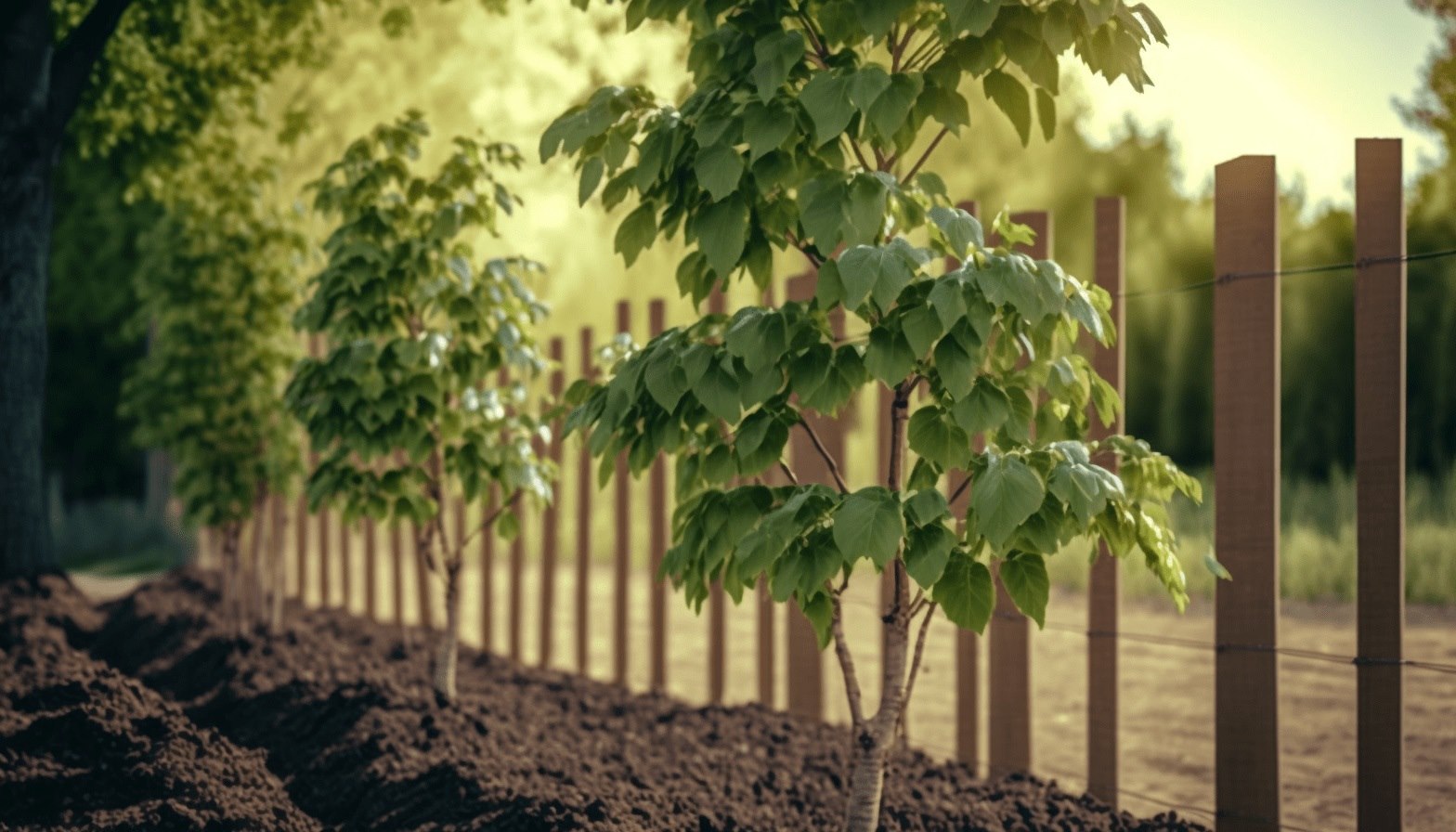

Articles
How Far To Plant Tree From Fence
Modified: December 7, 2023
Learn how far to plant a tree from a fence in our informative articles. Discover the best practices for ensuring proper growth and avoiding potential damage.
(Many of the links in this article redirect to a specific reviewed product. Your purchase of these products through affiliate links helps to generate commission for Storables.com, at no extra cost. Learn more)
Introduction
When it comes to landscaping, planting trees in your backyard can add beauty, shade, and privacy to your outdoor space. However, if you have fences surrounding your property, it’s important to consider the distance between your trees and the fences.
Planting trees too close to your fences can lead to a host of issues, including damage to the fences, root intrusion, and limited access for maintenance. On the other hand, leaving too much space between your trees and fences can result in unutilized areas and a lack of visual cohesion.
In this article, we will delve into the factors to consider before planting trees near fences, discuss the ideal distance for planting trees from fences, highlight the potential risks of planting trees too close to fences, explore the benefits of planting trees at the right distance, and provide tips on how to determine the optimal distance to plant trees from fences.
By understanding the importance of proper tree placement and taking the necessary precautions, you can ensure a harmonious coexistence between your trees and fences, creating a beautiful and functional outdoor space.
Key Takeaways:
- Proper tree placement near fences is crucial for long-term health. Consider tree species, fence material, available space, and local regulations to ensure a harmonious coexistence.
- Planting trees at the right distance from fences offers benefits like enhanced beauty, better tree health, and reduced maintenance. Carefully assess tree species, fence material, available space, seek professional advice, and plan for ongoing maintenance.
Read more: How Far To Plant Arborvitae From Fence
Factors to Consider Before Planting Trees near Fences
Before you start planting trees near your fences, it’s crucial to consider several factors to ensure the long-term health and stability of both your trees and fences.
1. Tree Species: Different tree species have different growth patterns and root systems. Some trees have shallow roots that spread widely, while others have deep taproots. Research the specific characteristics of the tree species you plan to plant to determine how it may interact with your fences.
2. Fence Material: The type of material your fences are made of will influence how they withstand the proximity of trees. For example, wooden fences may be more susceptible to damage from tree roots or branches compared to metal or vinyl fences.
3. Tree Size at Maturity: Consider the projected size of the tree at maturity. Ensure that the tree’s mature height and spread will not encroach on your fences, causing potential damage or obstruction.
4. Tree Growth Rate: Some trees grow faster than others. Understanding the growth rate of the chosen tree species will give you an idea of how quickly it may outgrow the available space near your fences.
5. Sunlight and Shade: Assess the amount of sunlight your chosen area receives and how planting trees near fences may affect the availability of sunlight to your lawn or garden. Additionally, consider if the trees may create excessive shade, potentially impacting the growth of nearby plants.
6. Drainage and Soil Type: Evaluate the drainage and soil conditions in the area where you plan to plant trees. Certain tree species are more tolerant of wet or dry soil, and understanding the soil type will help you determine their compatibility with the surrounding fence area.
7. Maintenance Access: Think about the practicality of maintaining both the trees and the fences. Leaving ample space between the trees and the fences allows for easy access for pruning, trimming, and fence repairs.
By considering these factors before planting trees near your fences, you can make informed decisions that will contribute to the long-term health and appearance of both your trees and your fences.
Ideal Distance for Planting Trees from Fences
Determining the ideal distance for planting trees from fences is essential to avoid potential conflicts and ensure the optimal growth and health of both the trees and the fences. While the specific distance may vary depending on factors such as tree species, fence material, and available space, there are some general guidelines to consider.
1. Minimum Distance: As a general rule of thumb, it is recommended to maintain a minimum distance of at least 5 to 10 feet between the trees and the fences. This distance allows enough space for the tree’s root system to develop without causing damage to the fences. It also provides sufficient room for the tree canopy to grow without encroaching on the fence area.
2. Tree Canopy: Consider the mature size and spread of the tree’s canopy. Trees with wide-spreading canopies, such as oaks or maples, may require a larger distance from the fences to prevent branches from extending over and potentially damaging the fences. On the other hand, trees with upright growth habits, such as tall conifers, may require less distance from the fences.
3. Root System: Understanding the root system of the tree species you plan to plant is crucial. Some trees have aggressive and invasive root systems that can damage fences, while others have more contained root growth. Consider both the depth and spread of the tree’s roots when determining the distance from the fences.
4. Fence Material: The type of material your fences are made of will also affect the recommended distance from the trees. Wooden fences are more susceptible to damage from tree roots and branches, so it’s advisable to maintain a greater distance from trees compared to metal or vinyl fences, which are generally more resilient.
5. Available Space: Evaluate the space available in your yard. If you have limited space, you may need to choose smaller tree species or consider alternative landscaping options. It’s important not to overcrowd the area near the fences, as this can lead to competition for resources and hinder the healthy growth of both the trees and the fences.
6. Local Regulations: Check with your local municipality or homeowners association to familiarize yourself with any regulations or guidelines regarding tree planting near fences. There may be specific rules regarding the distance required between trees and property boundaries to ensure safety and prevent disputes with neighbors.
Remember that these guidelines are not universal, and it’s crucial to consider the unique characteristics of your tree species, fences, and yard before finalizing the distance for planting trees. Consulting with a professional landscaper or arborist can provide valuable insights and help you make informed decisions for a successful tree and fence coexistence.
Potential Risks of Planting Trees Too Close to Fences
While the allure of a lush green tree planted near a fence can be tempting, it’s important to be aware of the potential risks that come with planting trees too close to fences. Ignoring these risks can lead to costly damages and maintenance issues in the future. Here are some potential risks to consider:
1. Damage to Fences: When trees are planted too close to fences, their roots can spread and grow beneath or against the fences. Over time, the pressure from root growth can cause fences to lift, break, or warp. Wooden fences are particularly vulnerable to damage from tree roots. This can result in the need for fence repairs or replacement, which can be expensive.
2. Root Intrusion: Tree roots have the potential to intrude upon your property’s underground utilities and infrastructure. They can damage water lines, drainage systems, or even the foundation of your home. By planting trees too close to fences, you increase the likelihood of root intrusion, which can lead to costly repairs and disruptions.
3. Limited Access for Maintenance: Placing trees too close to fences can hinder access to both the trees and the fences for maintenance purposes. It may become challenging to trim branches, prune or shape the tree, or repair and stain the fences. Restricted access can make regular maintenance tasks more difficult, time-consuming, and potentially dangerous.
4. Increased Risk of Falling Branches: Trees planted too close to fences run the risk of overhanging branches, which can pose a safety hazard. Over time, branches may become weak or diseased, making them more prone to breaking and potentially falling onto the fences or adjacent structures. Falling branches not only damage fences but also pose a risk to people, pets, or property below.
5. Lack of Visual Cohesion: Planting trees too close to fences can lead to a cluttered or visually unappealing landscape. The lack of space between the trees and fences can make the area feel cramped and may not allow for adequate airflow and sunlight. This can affect the overall aesthetic balance of your outdoor space.
6. Disputes with Neighbors: Planting trees too close to fences may lead to disputes with neighbors, especially if the trees encroach on their property or cause damage to their fences or structures. It’s important to be mindful of property boundaries and respect the space around your fences to maintain positive relationships with neighbors.
By considering these potential risks, you can make informed decisions about tree placement, ensuring a harmonious coexistence between your trees and fences while minimizing the risk of damage and maintenance issues in the future.
Plant small trees at least 3-5 feet away from the fence, medium trees 8-10 feet away, and large trees 15-20 feet away to prevent root damage and allow for proper growth.
Benefits of Planting Trees at the Right Distance from Fences
Planting trees at the right distance from fences is not only important for mitigating risks but also offers numerous benefits that can enhance your outdoor space. Here are some of the key advantages of planting trees at the appropriate distance from fences:
1. Enhances Beauty and Privacy: Strategically planting trees near fences can create a visually appealing and private outdoor environment. Trees provide natural barriers that can block unwanted views, noise, and wind. They offer shade, create cooling effects, and add a touch of natural beauty that can transform your backyard into a tranquil and inviting space.
2. Promotes Better Tree Health: Planting trees at the right distance from fences allows their roots to grow freely without constraints. It helps prevent root competition with the fences and allows for proper water and nutrient absorption from the soil. By providing adequate space, you optimize the conditions for the tree’s healthy growth and development.
3. Protects Fence Integrity: By maintaining an appropriate distance between trees and fences, you minimize the risk of root-induced damages to the fences. This helps preserve the structural integrity of the fences, reducing the need for frequent repairs or replacements. As a result, you save time, effort, and money in the long run.
4. Facilitates Maintenance:
Placing trees at a suitable distance from fences ensures easy access for maintenance tasks. Trimming or pruning branches, fertilizing, and treating tree diseases become more manageable when there is ample space to maneuver around the tree. It also allows for convenient fence maintenance, such as staining, painting, or repairs.
5. Encourages Healthy Growth: Proper spacing between trees and fences allows for optimal sunlight exposure and airflow. Trees need sunlight for photosynthesis and air movement to prevent the buildup of moisture and disease. By providing the right distance, you promote healthy foliage, minimize the risk of fungal diseases, and encourage vigorous growth.
6. Reduces Risk of Falling Branches: When trees are planted at the appropriate distance from fences, the risk of falling branches damaging the fences or causing harm to people or property is significantly reduced. Proper spacing allows for regular inspection and maintenance of the tree’s canopy, ensuring the removal of weak or diseased branches before they become hazardous.
7. Maintains Neighborly Relations: By planting trees at the right distance from fences, you minimize the chances of encroaching on your neighbors’ property or causing damage to their fences. This fosters positive relationships with neighbors, avoiding potential disputes and maintaining a harmonious living environment.
By considering the benefits of planting trees at the right distance from fences, you create a well-balanced and aesthetically pleasing landscape, while maximizing the advantages that trees bring to your outdoor space.
How to Determine the Optimal Distance to Plant Trees from Fences
Determining the optimal distance to plant trees from fences requires careful consideration of various factors. By following these steps, you can make an informed decision about tree placement:
1. Assess the Tree Species: Start by understanding the growth characteristics of the tree species you plan to plant. Research about their mature size, root system, and growth rate. Certain species have aggressive roots, while others are more contained. Select tree species that are suitable for the available space near your fences.
2. Evaluate the Fence Material: Consider the type of material your fences are made of. Determine its susceptibility to damage from tree roots or branches. Wooden fences, in particular, are more vulnerable, so it’s recommended to maintain a greater distance compared to metal or vinyl fences.
3. Measure Available Space: Measure the space between the planned tree planting area and your fences. Take into account the projected width and height of the mature tree, as well as its canopy spread. Ensure there is sufficient room for the tree to grow without damaging the fences or causing overcrowding.
4. Consider Local Regulations: Familiarize yourself with any local regulations or guidelines related to tree planting near fences. Check if there are specific requirements for distance or height restrictions set by the municipality or homeowners association. Complying with these regulations ensures a hassle-free planting experience.
5. Seek Professional Advice: If you’re unsure about determining the optimal distance, consider consulting with a professional landscaper or arborist. They can provide expert guidance based on your specific situation, taking into account factors such as soil conditions, drainage, and tree species compatibility with fences.
6. Plan for Maintenance: Keep maintenance in mind when determining the optimal distance. Ensure there is enough space for pruning, trimming, or general tree care. Additionally, consider access for fence maintenance, such as repairs or painting. Leaving ample space between the trees and fences allows for easy maintenance without compromising either element’s health or functionality.
7. Regular Monitoring: Once the trees are planted, regularly monitor their growth and proximity to the fences. Prune any branches that start to overhang or encroach on the fence area. Be proactive in addressing potential issues to maintain a harmonious relationship between the trees and the fences.
By carefully considering tree species, fence material, available space, local regulations, seeking professional advice, and planning for maintenance, you can determine the optimal distance for planting trees from fences. Achieving the right balance ensures the long-term health and beauty of both the trees and fences in your outdoor space.
Conclusion
Planting trees near fences can be a beautiful addition to your landscape, but it’s crucial to consider the proper distance between the trees and fences. By taking into account various factors such as tree species, fence material, available space, and local regulations, you can determine the optimal distance for planting trees.
There are several risks associated with planting trees too close to fences, including damage to the fences, root intrusion, limited access for maintenance, and potential disputes with neighbors. However, when trees are planted at the right distance, they offer numerous benefits. They enhance the beauty and privacy of your outdoor space, promote better tree health, protect fence integrity, facilitate maintenance, and reduce the risk of falling branches.
To determine the optimal distance, assess the characteristics of the tree species you plan to plant, evaluate the fence material, measure the available space, consider local regulations, seek professional advice if needed, and plan for ongoing maintenance. Regular monitoring and proactive care will ensure a harmonious coexistence between trees and fences for years to come.
Remember that each situation is unique, and it’s important to adapt these guidelines based on your specific circumstances. By striking the right balance, you can create a stunning landscape that complements both your trees and fences, enhancing the functionality and visual appeal of your outdoor environment.
Frequently Asked Questions about How Far To Plant Tree From Fence
Was this page helpful?
At Storables.com, we guarantee accurate and reliable information. Our content, validated by Expert Board Contributors, is crafted following stringent Editorial Policies. We're committed to providing you with well-researched, expert-backed insights for all your informational needs.
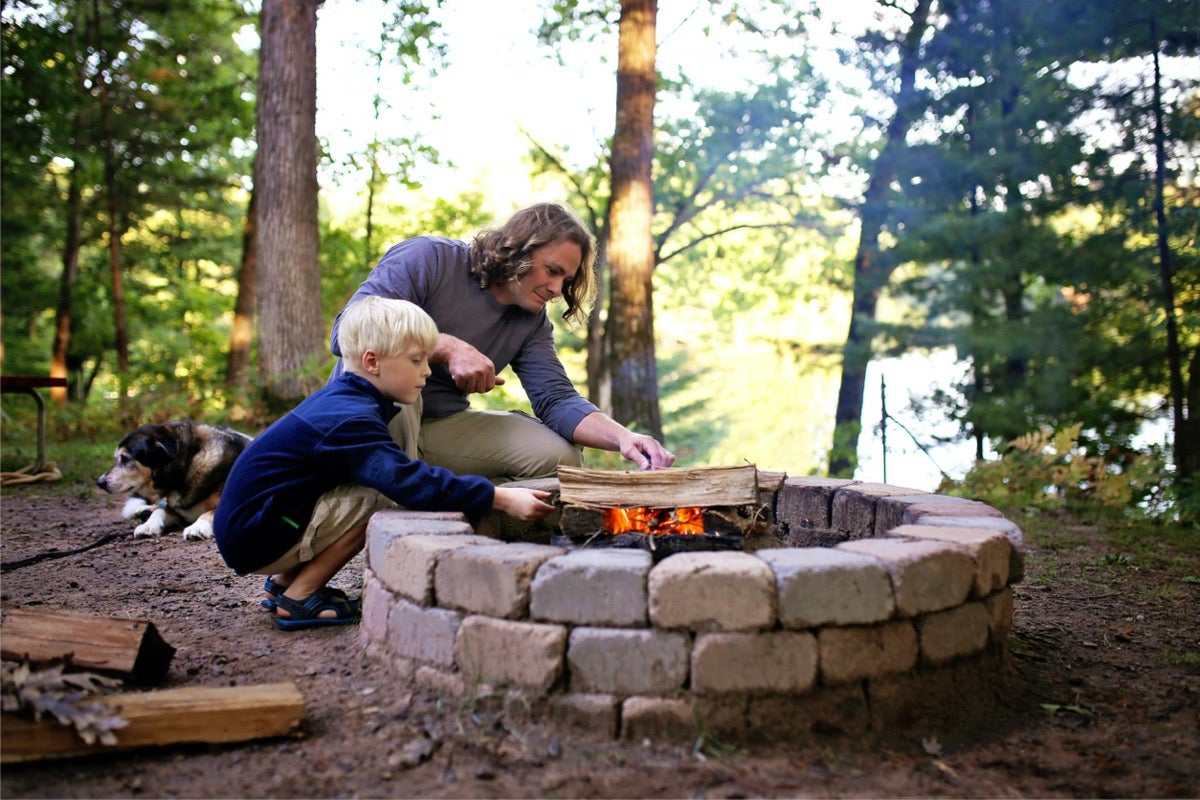
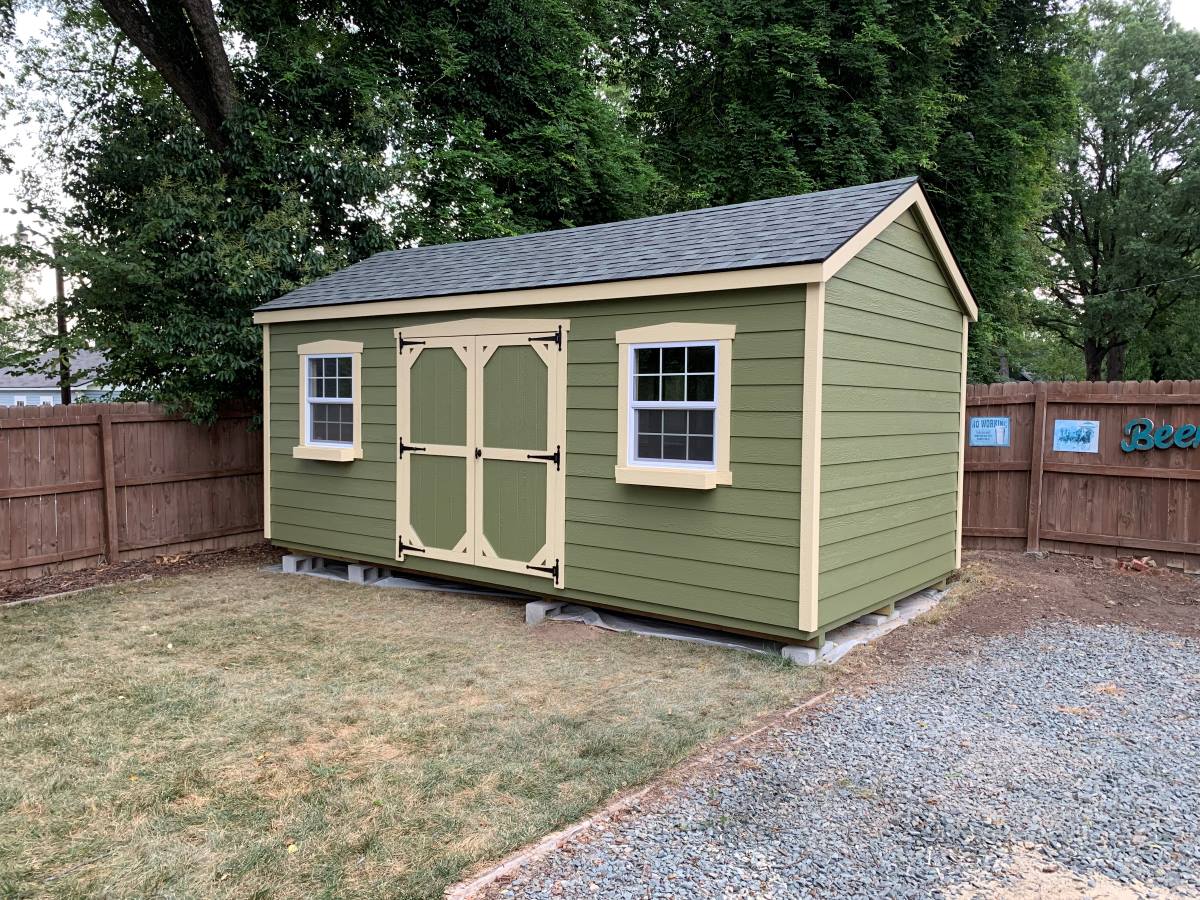

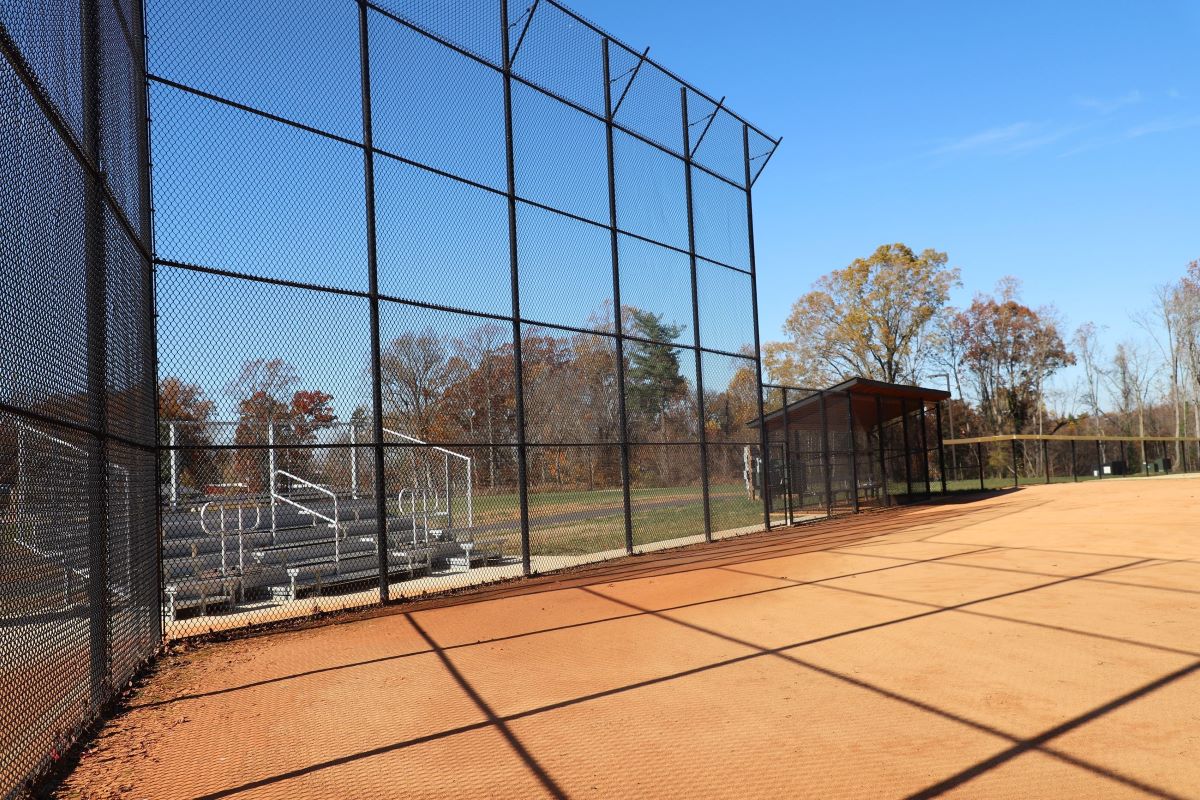
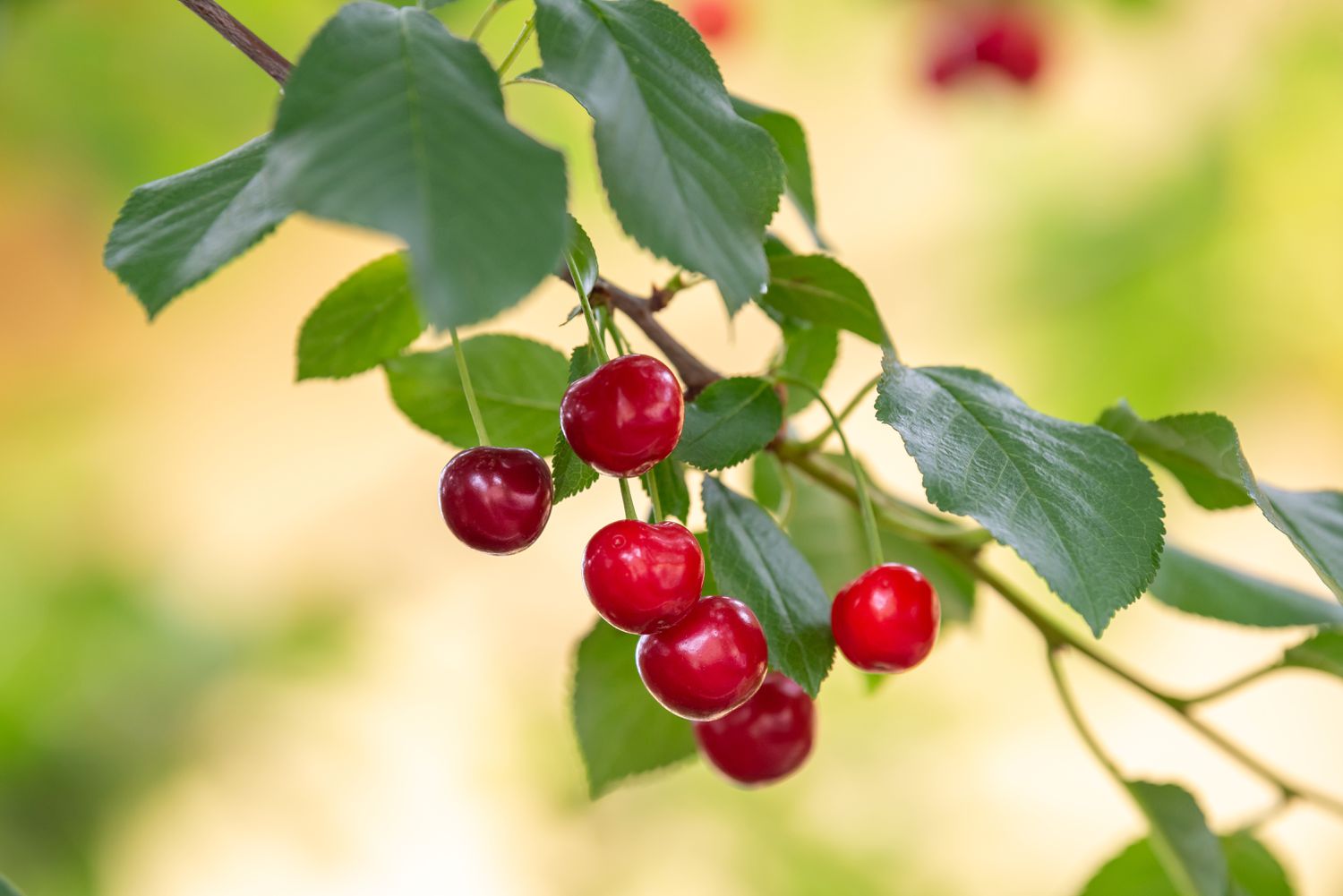
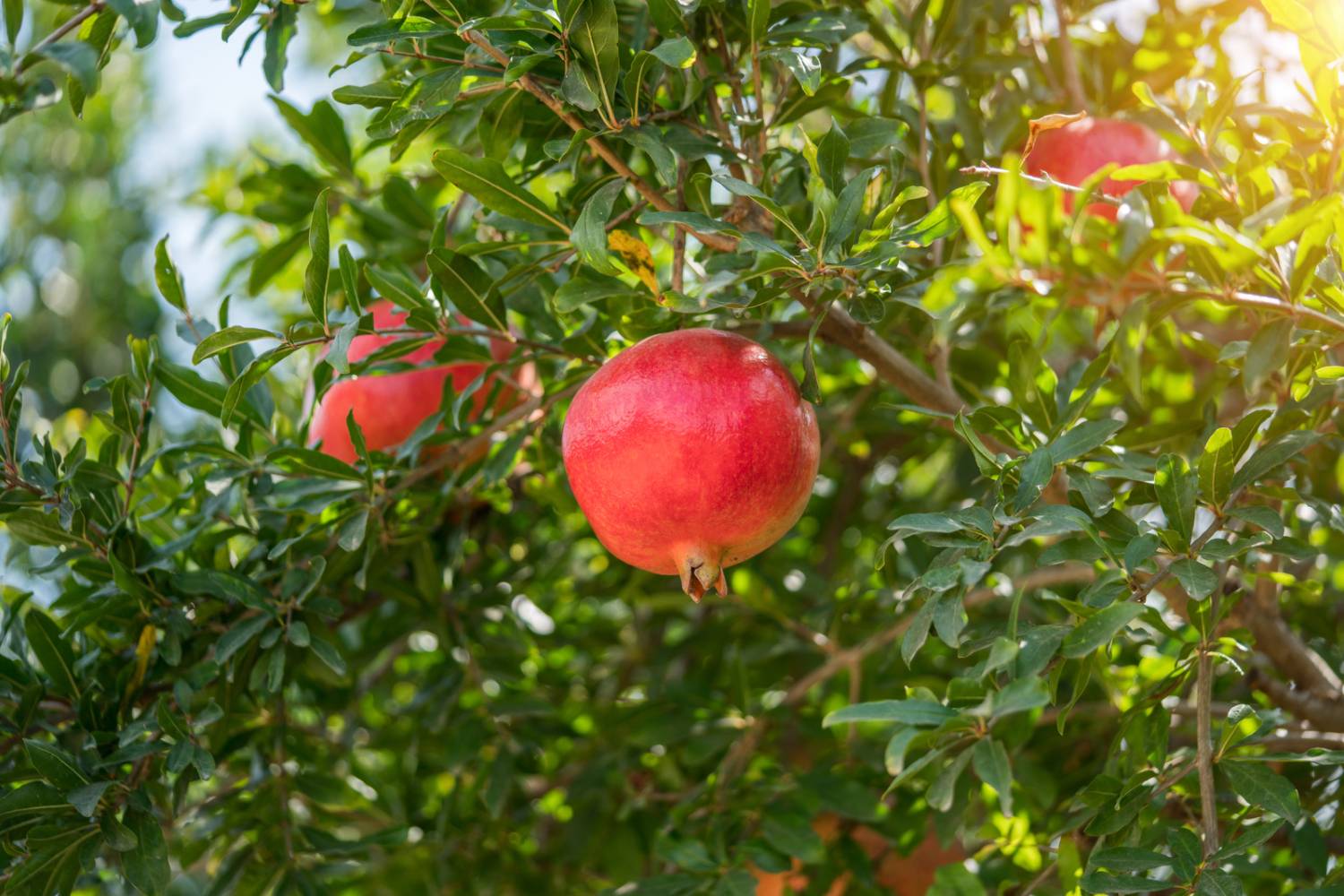

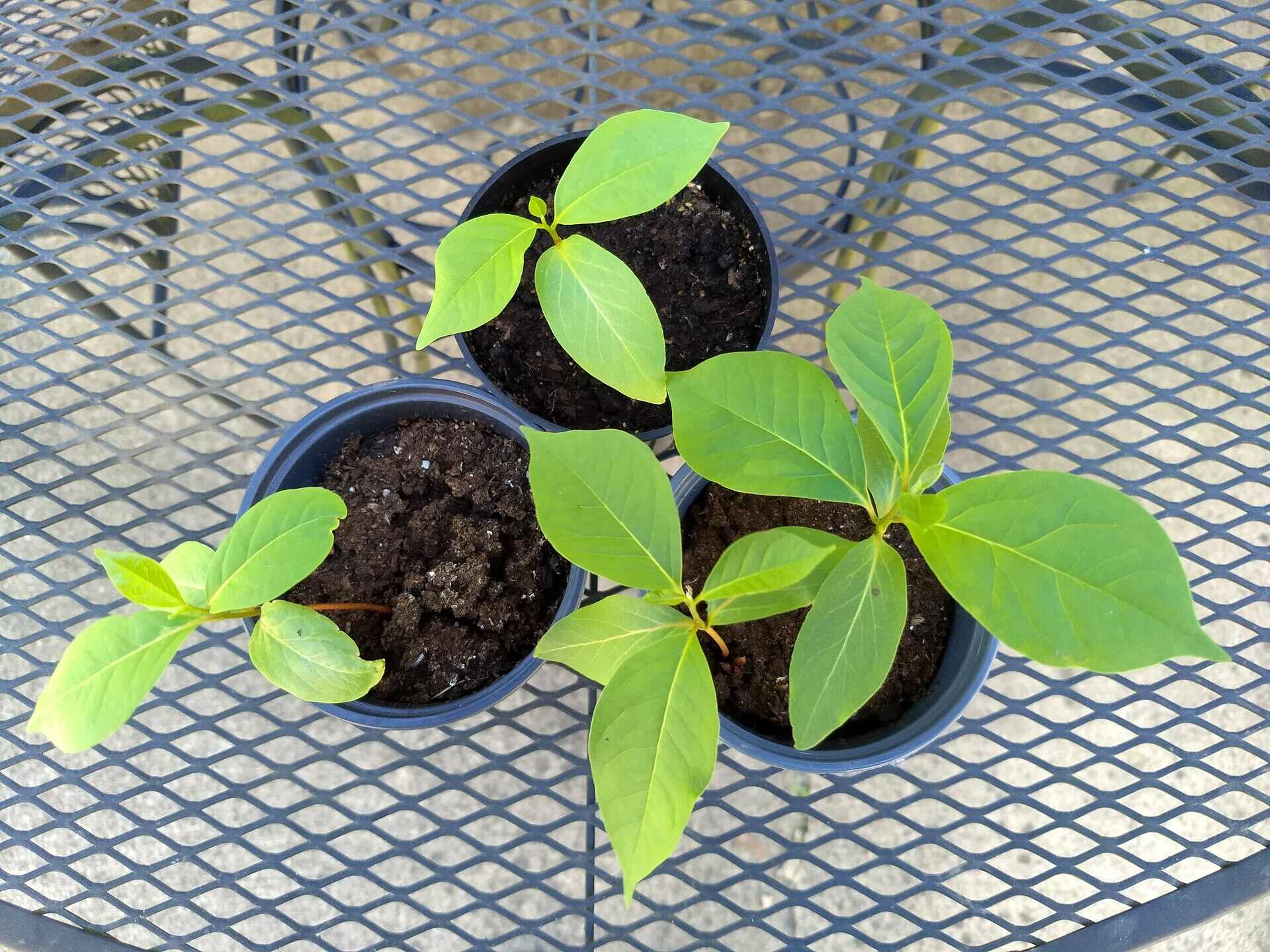
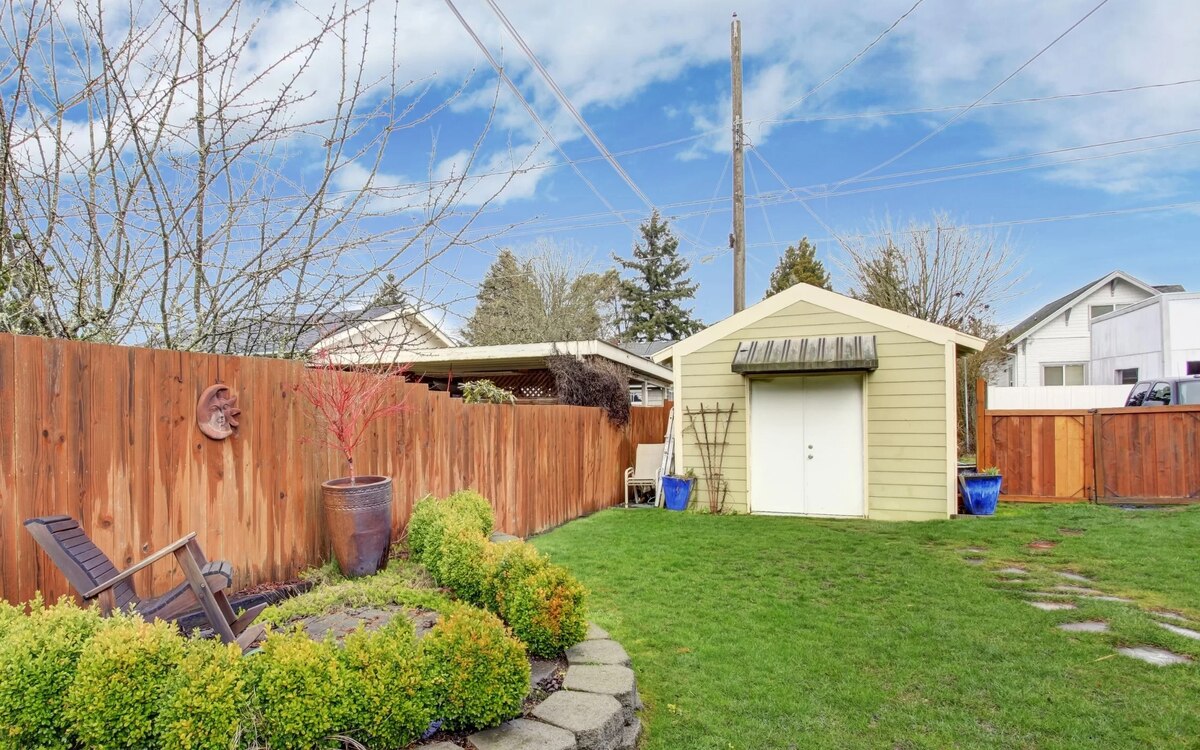
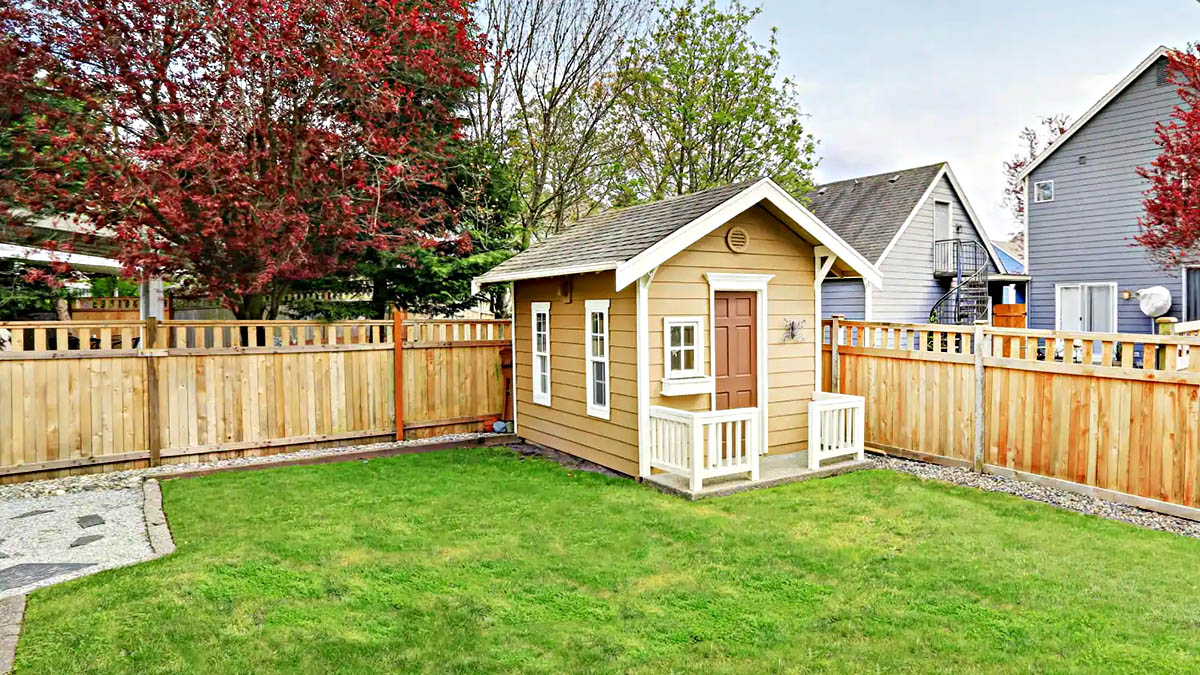
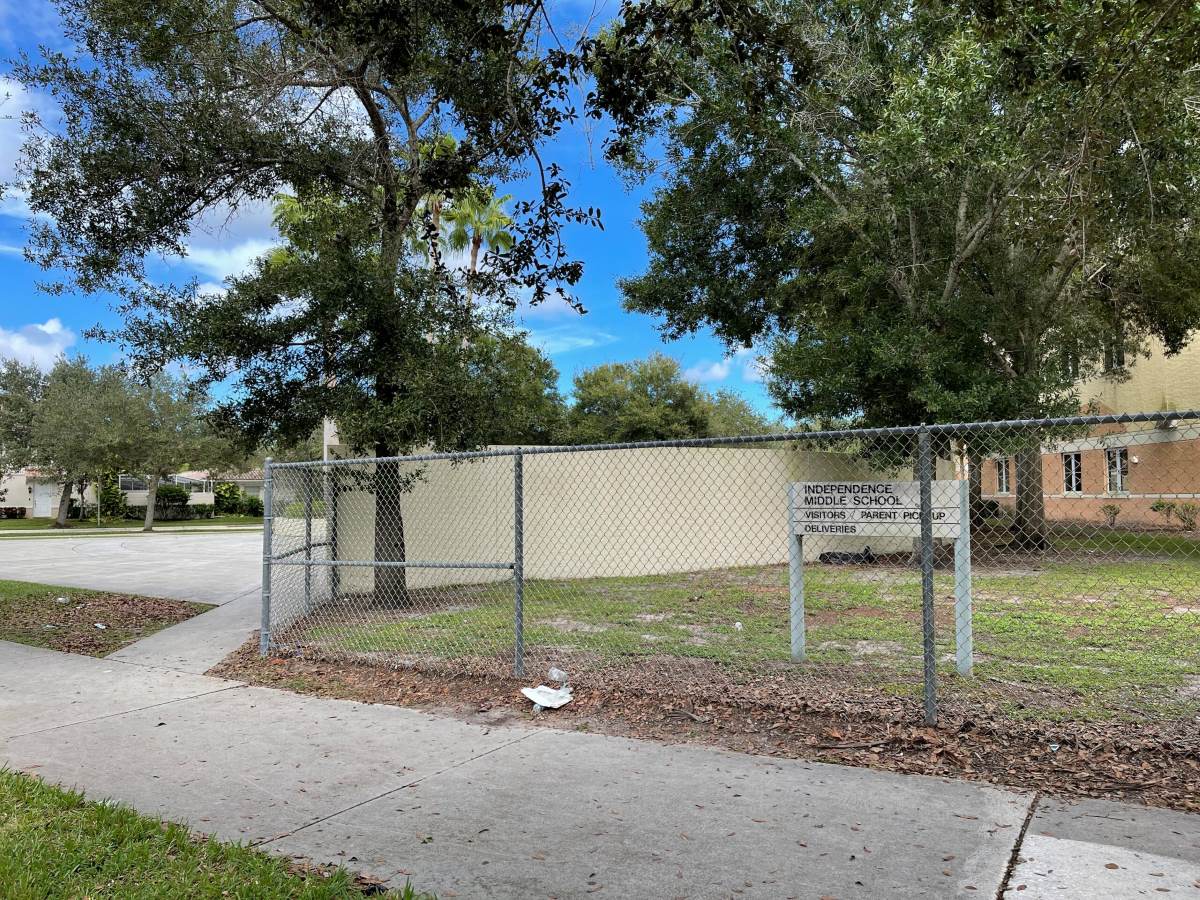
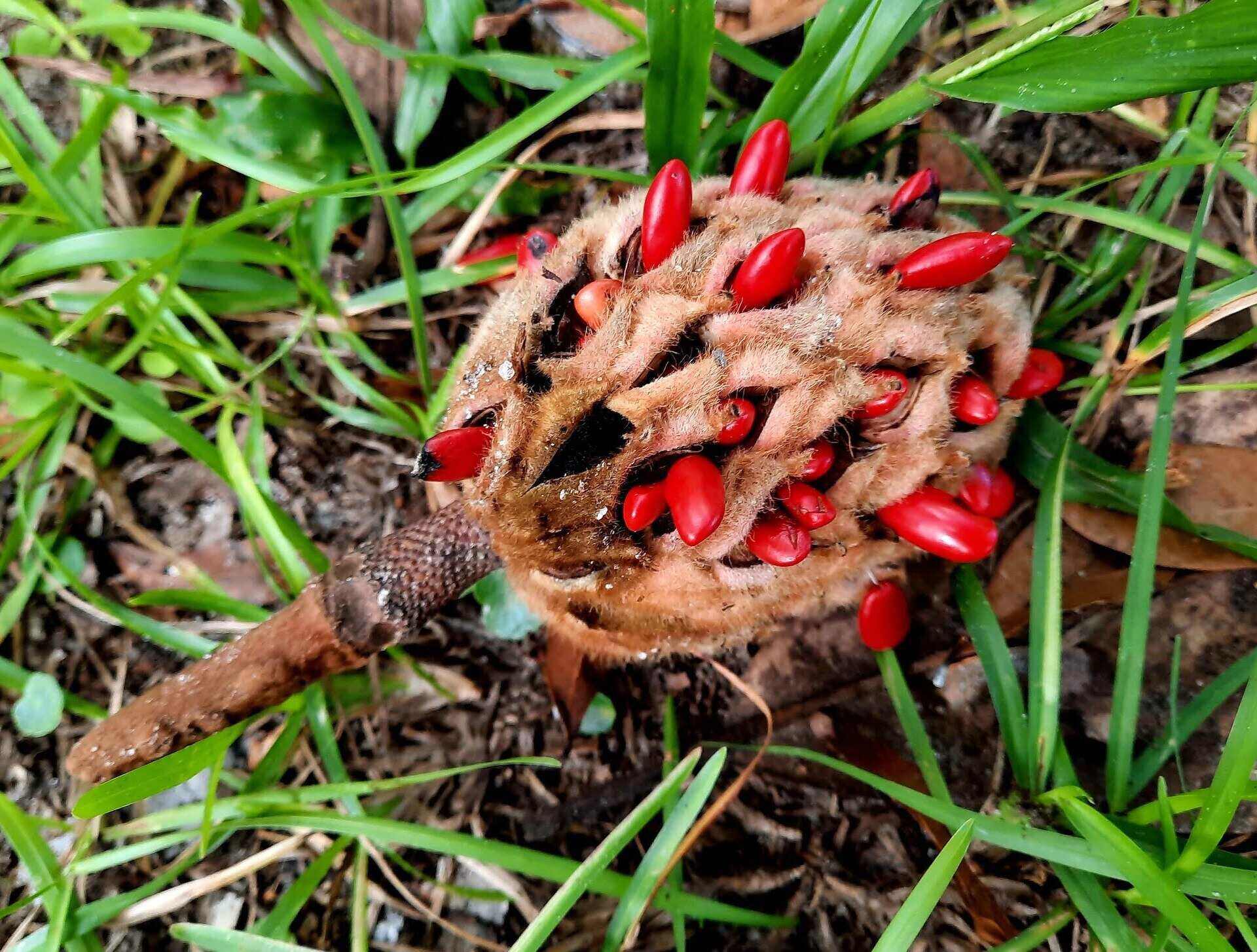



0 thoughts on “How Far To Plant Tree From Fence”